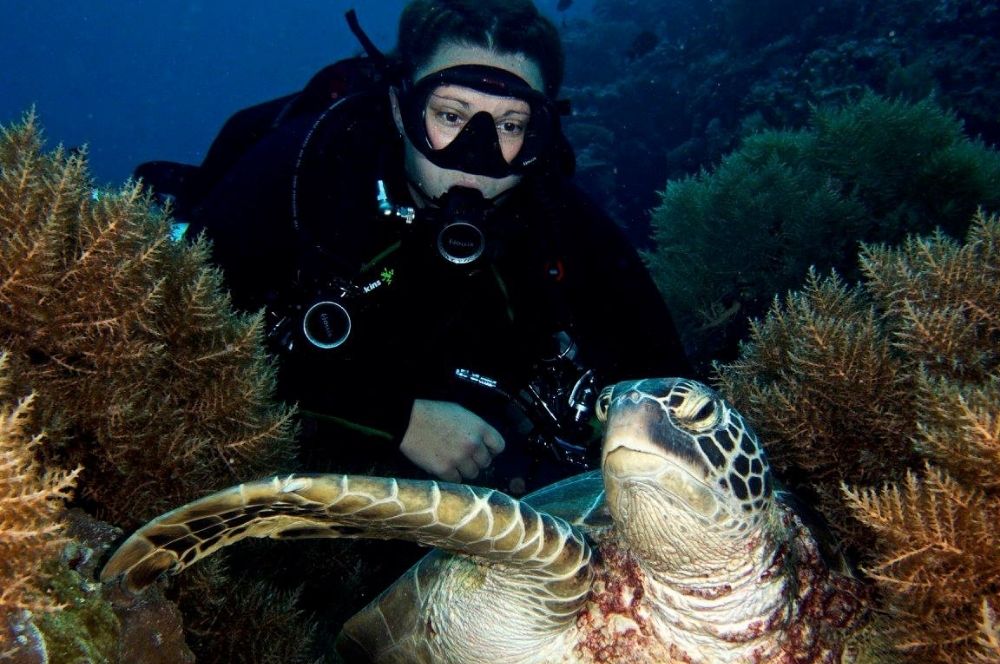You have 0 product(s) in your cart.
Abyss Scuba Diving
7 Tips To Avoid Getting Lost While Scuba Diving

7 Tips to Avoid Getting Lost While Scuba Diving
There is no doubt in our expert opinions that divers who explore with their buddies rather than following their divemaster have a much more enjoyable time and are more likely to continue to dive. However, avoiding getting lost while scuba diving can be tricky for some. Here are seven tips to helping you avoid getting lost while exploring a dive site.
- Know the dive site
Be familiar with the dive site by exploring it previously, study any maps on the site and speak to a divemaster or dive center. When you begin exploring dive sites it is better to go with a group, inform the divemaster that you would like to do your own dive and that way you have the backup from the divemaster for logistics, on-site instruction and condition assessment.
- Understand the dive site from the surface
After having your dive briefing with a divemasters, stand on the shoreline and take a good look at the entry and exit point along any notable landmarks. Take a compass bearing so that when you are underwater, you know which way the land or boat will be. - Keep it simple
The easiest form of navigation is a straightforward there-and-back approach. The recomended way is to stick to a wall or reef edge out and back. If the area is non-descript, then use a compass to swim out in one direction and back the way you came. For this, simply make note of the direction in which you need to swim and maintain your bearing using your compass. Once it is time to return, just rotate 180 degrees to go back the way you came. - Learn a few land mark's
The best DM's are usually lost 50% of the time, but through the use of their compass, they know they are heading in the right general direction. They always keep an eye out for a familiar land mark once they find that mark they are no longer lost. As a diver you need to build a gallery of land marks so you can do the same. Start by finding a recognizable feature near the entry/exit point. - Trust your compass
It is crucial to know your general direction and with a compass you can. A compass is a necessity to have on your dives. Compasses are designed to help divers navigate in the water, rather than rely on their own sense of direction. Check the operation of your compass regularly and pay attention to what it tells you. - Keep the distance from exit point short
Initially, when you are developing your navigation skills, keep the distance you travel from the exit point to 100 meters. Swim out 50-100 meters in one direction, then return to the exit point. Choose a different direction to go, swim out 100 meters, then return. Continue the process of 100-meter excursions. This approach will build your navigation confidence and help you recognize key landmarks, - If you get lost surface
When lost, do not panic. Look up, since the surface is directly above your head. Surface check for boat traffic as you ascend. Take your bearing on your exit point then continue your dive if your air supply is sufficient. If not, either surface swim back or signal the boat to pick you up.
Whenever you go off with your buddy instead of following the divemaster on your next dive, you are much more likely to enjoy yourself, and you are more likely to continue diving. So keep these tips in mind when you go off exploring with your buddy on your next dive. I’m sure you will have a great time.
P.S. if you are in the market to build your confidence as a diver, we highly recommend enrolling in one of our Mentoring Program and have on of our Pros help with your navigation skills , you will not regret it.
Recent Posts





